Ever caught yourself dreaming of a dazzling Hollywood grin but hesitating to shell out big bucks for professional treatments?
Well, you’re in luck! The world of homemade teeth whitening ways is about to become your new best friend.
This post will explore through eight effective homemade teeth whitening ways.
Busy? Save this pin for later.
1. Oil Pulling with Coconut Oil
This ancient practice, rooted in Indian traditional medicine, has been brightening smiles for about 2,500 years.
It’s super simple – you just swish some coconut oil around in your mouth, and voila! You’re on your way to a whiter, healthier smile.
Why coconut oil, you ask? Well, it’s packed with lauric acid, a natural antimicrobial agent that’s great for your chompers.
It helps kick plaque to the curb, keeps gingivitis at bay, and even freshens your breath. Plus, it’s gentle on your teeth and gums, making it a safe DIY option.
Here’s how to get started:
- Grab a tablespoon of coconut oil.
- Pop it in your mouth and let it melt on your tongue.
- Start swishing! Aim for 5-20 minutes, whatever feels comfortable for you.
- Make sure to swish it all around your mouth, getting between your teeth and along your gums.
- Spit it out in the trash (not the sink – you don’t want clogged pipes!).
- Rinse with warm water and brush your teeth as usual.
You can do this every day if you’re feeling ambitious, or just a few times a week. The best part? There’s little to no evidence of side effects, so you can try it out worry-free.
So, are you ready to give oil pulling a shot? It’s an easy, natural way to work towards that dazzling smile you’ve been dreaming of.
Plus, it’s a great excuse to take a few minutes of “me time” each day. Happy swishing!
2. Strawberries and Baking Soda Mixture
You might’ve heard about this trendy DIY teeth whitening trick, but let’s set the record straight – it’s not all it’s cracked up to be.
First things first: should you use this method? Nope, not a chance. It might sound tempting to whip up a fruity concoction for your pearly whites, but here’s the scoop – it can actually damage your teeth. Yikes!
You know that tangy taste in strawberries? That’s acid, my friends. And while it’s great for your taste buds, it’s not so hot for your chompers.
Strawberries pack a punch with both citric and malic acid. When you slather this acidic mix on your teeth and let it sit, it’s like giving your enamel a acid bath. Not cool!
Here’s what really happens: The acid eats away at your tooth surface, softening it up. Then, when you brush with baking soda (which is pretty abrasive), you’re essentially scrubbing away a thin layer of your precious enamel. It’s like giving your teeth an unwanted makeover!
So, here’s the deal:
- Eating strawberries? Awesome! Go for it!
- Mashing strawberries, mixing with baking soda, and using it as a DIY whitener? Big no-no!
Instead, stick to the tried-and-true methods recommended by the pros. There are tons of safe options out there, from stain-removing toothpastes to over-the-counter whitening products.
And if you want to go all out, chat with your dentist about professional whitening treatments.
3. Baking Soda and Lemon Juice Paste
Now, before you rush to your kitchen, let’s break this down and see if it’s really worth your time.
First off, you might be thinking, “Hey, I’ve got both these things at home already!” And you’re right! Lemon juice is packed with citric acid, which is known for its bleaching properties.
Mix that with baking soda, and you’ve got yourself a simple whitening paste. Sounds great, right?
But hold up! Here’s where things get a bit tricky. While this combo might seem like a match made in dental heaven, it’s actually more of a risky business for your pearly whites.
Here’s the deal: Lemon juice is super acidic, and that’s not something you want hanging out on your teeth for too long.
It can wear away your enamel – that’s the protective outer layer of your teeth. Once that’s gone, you’re looking at increased sensitivity and a higher chance of decay. Yikes!
As for baking soda, it’s pretty abrasive. While it can help remove stains from coffee, wine, or smoking, it can also be too harsh on your enamel if used incorrectly.
So, what’s the verdict? It’s best to steer clear of this homemade concoction. The risks outweigh the potential benefits, and there’s no guarantee you’ll get the ratio right at home.
Instead, why not chat with your dentist about safe whitening options? They can recommend over-the-counter products or professional treatments that’ll give you that dazzling smile without the worry.
4. Activated Charcoal
While it might seem like a miracle worker, activated charcoal isn’t exactly the dental superhero some folks make it out to be.
Here’s the scoop: This black powder is pretty abrasive. Imagine rubbing sandpaper on your teeth – yikes!
It might make your teeth look whiter at first, but here’s the kicker: it’s actually wearing away your precious enamel. And once that’s gone, it’s gone for good.
But wait, there’s more! That rough surface it leaves behind? It’s like rolling out the red carpet for plaque and bacteria. So, you might end up with more stains in the long run. Talk about a plot twist!
And get this – it doesn’t even have any real whitening power. It can’t zap away those deep stains or give you that Hollywood smile. It’s more like a temporary cover-up than a true transformation.
Oh, and if you’re thinking about letting your kids try it – hold up! There’s no solid research on how safe it is for the little ones. Plus, if they accidentally swallow some, it could mess with how their bodies absorb important stuff like medications and nutrients.
So, what’s the verdict? While activated charcoal might seem cool and edgy, it’s probably best to leave it out of your dental routine.
Your teeth deserve better, don’t you think? Stick to the tried-and-true methods, and if you’re really after that dazzling smile, have a chat with your dentist. They’ve got the real scoop on safe and effective whitening!
5. Hydrogen Peroxide Rinse
So, what’s the deal with hydrogen peroxide? It’s this nifty little compound that’s got some serious bleaching power.
But hold your horses – we’re not talking about the stuff you use to clean cuts! We’re looking at a much milder version.
Here’s the scoop: Most drugstore hydrogen peroxide is around 3% strength. That’s perfect for our DIY rinse! Anything stronger could be bad news for your chompers.
Want to give it a whirl? Here’s a super simple recipe:
- Grab equal parts hydrogen peroxide and water (like 1/2 cup each).
- Mix ’em up in a cup.
- Swish it around your mouth for 30 seconds to a minute.
- Spit it out (don’t swallow!) and rinse with water.
Easy peasy, right? Just remember, if it starts to hurt, stop right away. Your teeth are precious cargo!
Too much of a good thing can lead to sensitive teeth or irritated gums. Maybe start with a couple of times a week and see how it goes.
Oh, and here’s a pro tip: Some mouthwashes already have hydrogen peroxide in them. So if you’re not feeling the DIY vibe, you could always grab one of those instead.
6. Apple Cider Vinegar
This tangy liquid has been making waves in the health world, but can it really give you that Hollywood smile?
First off, what’s the deal with ACV? It’s basically fermented apple juice, packed with acetic acid, potassium, magnesium, and some good bacteria.
Sounds pretty fancy, right? Some folks swear by it as a natural tooth scrubber, claiming it can zap away stains and bacteria.
But hold your horses! Before you start swishing, here’s the scoop: ACV is super acidic, with a pH between 2.5 and 3. That’s pretty harsh on your pearly whites.
Imagine giving your teeth a acid bath – yikes! It might brighten them up at first, but it’s also wearing away your precious enamel.
Wanna give it a shot anyway? Here’s a quick how-to:
- Mix 1-2 teaspoons of ACV with water
- Swish for about 30 seconds
- Rinse thoroughly with plain water
- Brush your teeth right after
ACV can be a bit of a troublemaker with certain drugs.
So, while ACV might have some perks for your overall health, it’s not exactly a dental superhero.
If you’re after that dazzling smile, why not stick to tried-and-true methods? Your dentist would probably high-five you for that!
7. Sea Salt Scrub
It’s packed with awesome minerals like calcium, magnesium, and iron.
Plus, it’s got some serious antibacterial superpowers that can freshen your breath and protect your enamel. Pretty cool, right?
Want to give it a whirl? Here’s a quick and easy recipe:
- Mix half a teaspoon of sea salt with a splash of lemon juice and a dab of toothpaste.
- Apply this magical mixture to your teeth.
- Let it hang out for about a minute.
- Rinse thoroughly and admire your sparkling smile!
But hold your horses! Before you go salt-crazy, remember that moderation is key. Too much of a good thing can be, well, not so good.
Sea salt is a bit abrasive, which means it can wear down your enamel if you overdo it. Stick to using this scrub once or twice a week, tops.
8. Malic Acid from Apples
That’s right, apples aren’t just delicious – they’re also natural teeth whiteners!
Here’s the scoop: apples are packed with malic acid, the same stuff you’ll find in some fancy toothpastes. This little wonder acid has some serious bleaching power, helping to zap away those pesky surface stains on your teeth.
But wait, there’s more! When you chomp into an apple, you’re not just getting a tasty treat. That crunchy texture is like a mini workout for your chompers.
It’s scrubbing away plaque and giving your teeth a natural polish. Plus, all that chewing gets your saliva flowing, which is like nature’s mouthwash.
Want to make the most of your apple’s whitening power? Try these fun ideas:
- Slice it up and add it to your yogurt for a teeth-friendly snack.
- Spread some peanut butter on apple slices for a protein-packed treat.
- Munch on an apple after meals to help clean your teeth naturally.
So, next time you’re craving a snack, reach for an apple. Your taste buds (and your smile) will thank you!
Final Thoughts
Exploring these homemade teeth whitening methods has opened up a world of possibilities for brightening our smiles.
While some methods, like the baking soda and lemon juice paste or activated charcoal, come with potential risks, others offer safer alternatives for those looking to enhance their pearly whites at home.
In the end, the key to a dazzling smile isn’t just about whiteness – it’s about maintaining good oral hygiene habits and taking care of your overall dental health. So keep smiling, and let your confidence shine through!
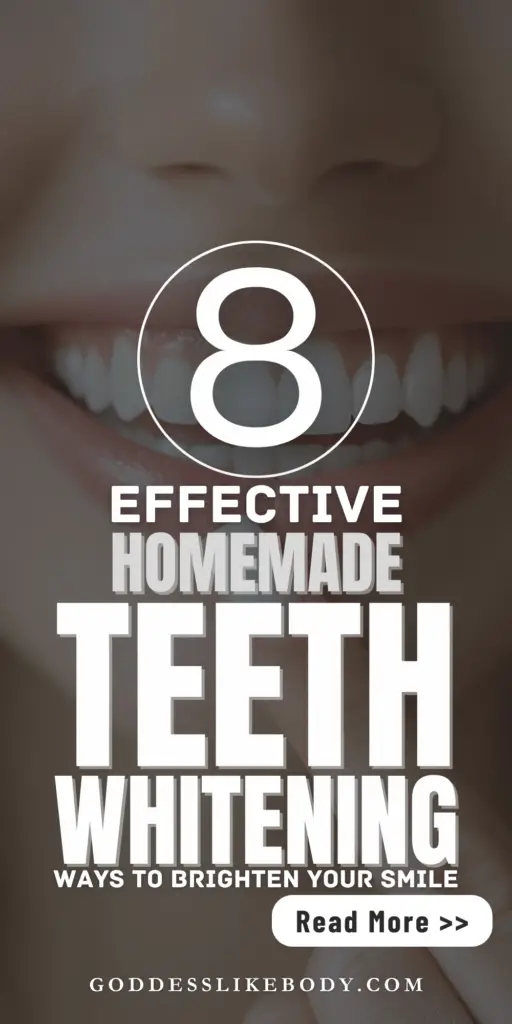
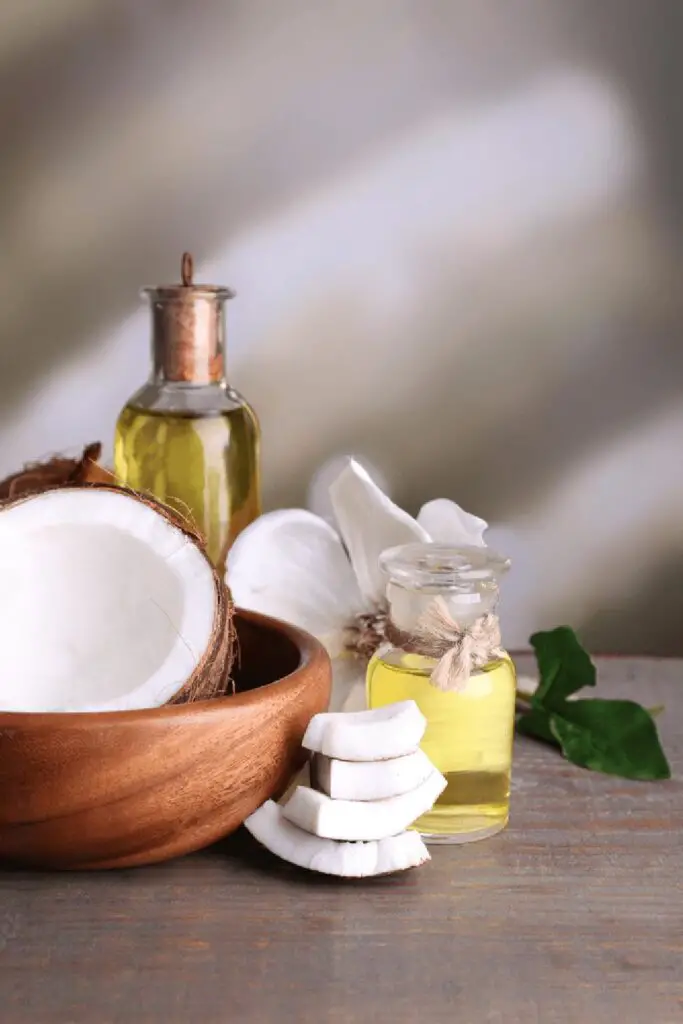
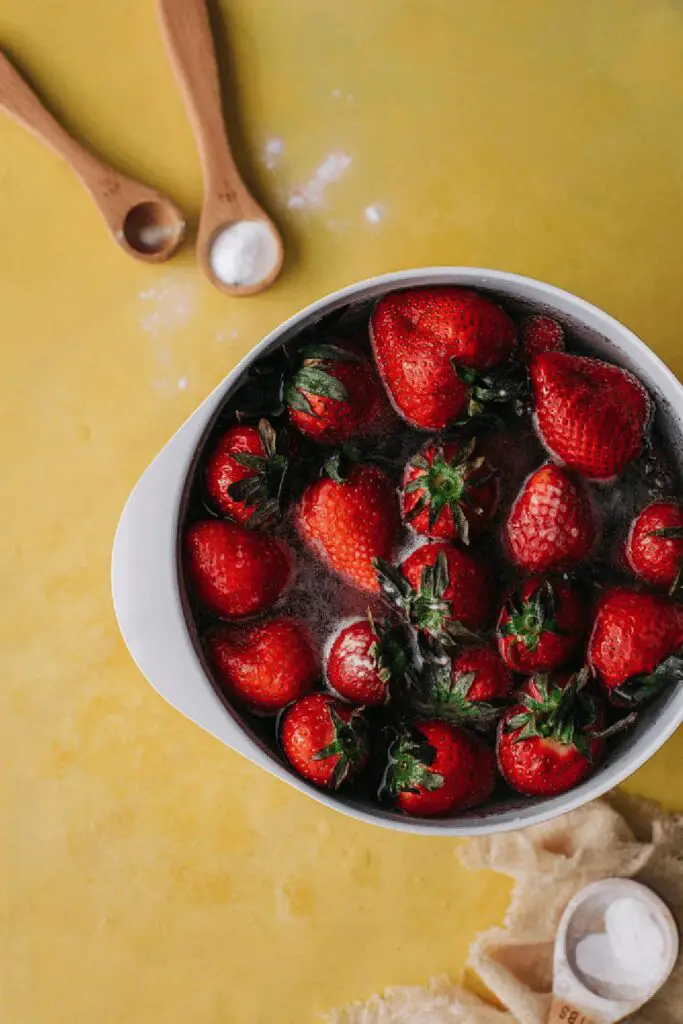
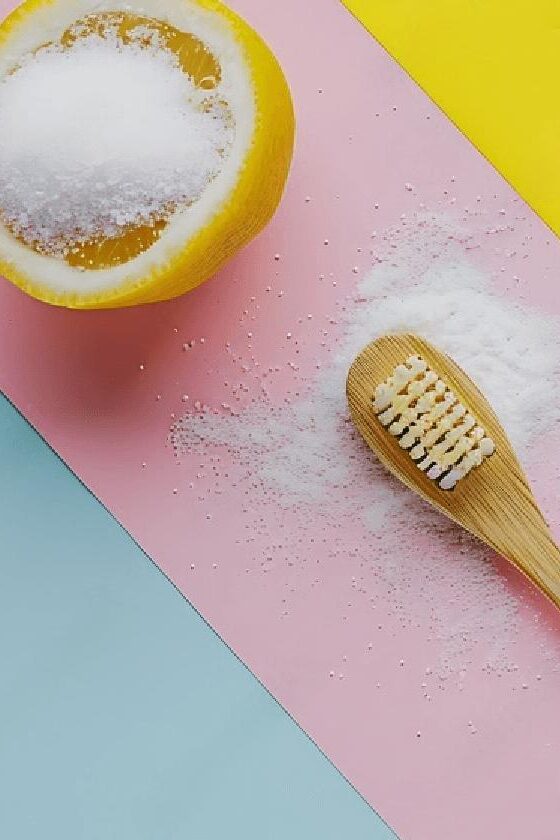

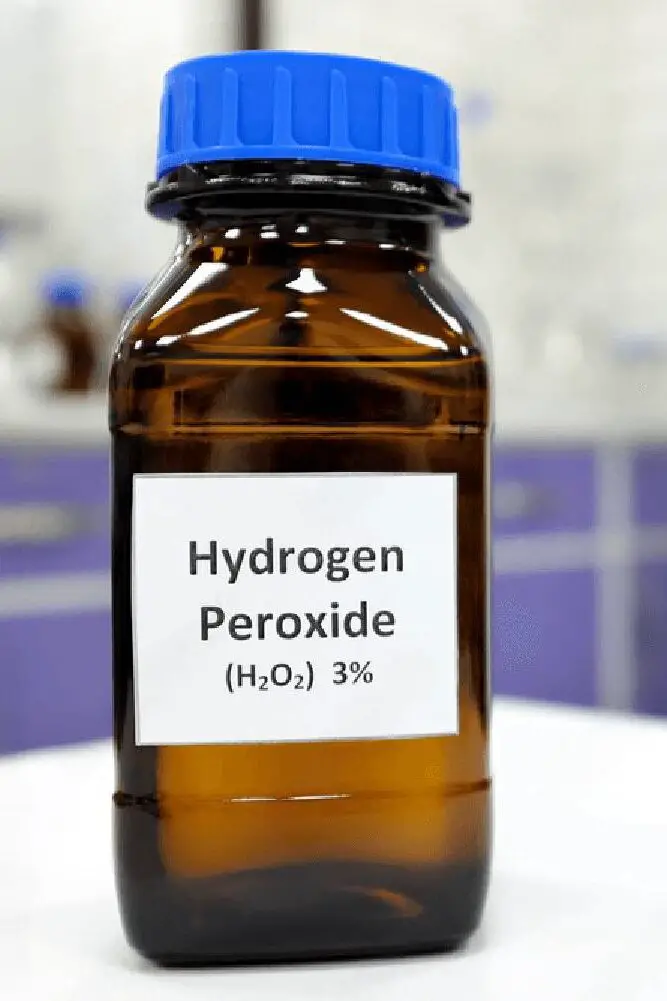

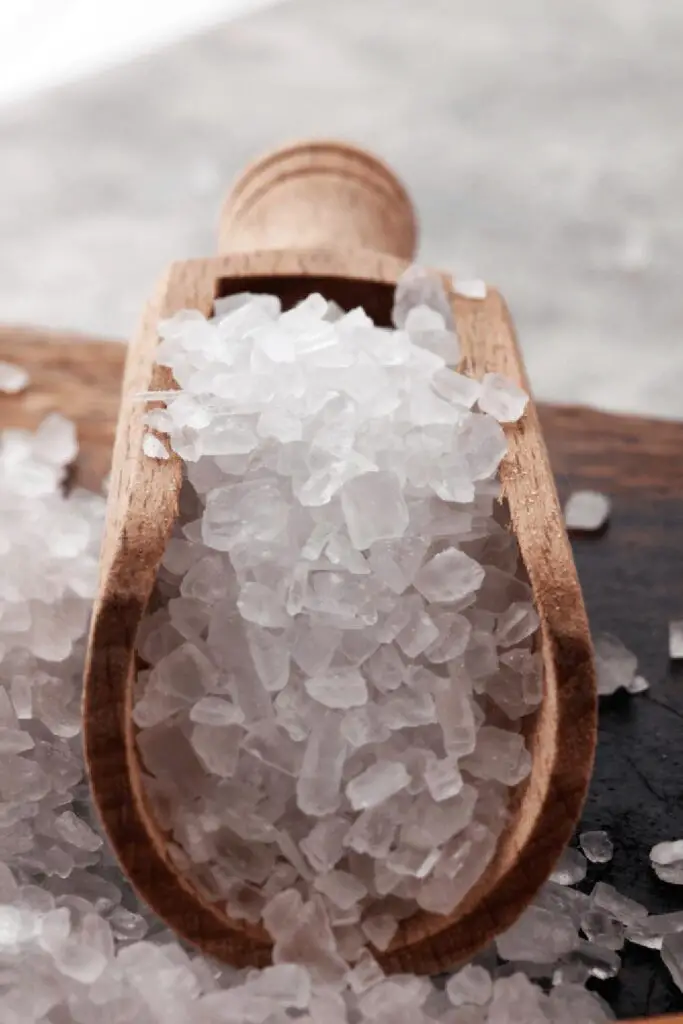




Leave a Reply
You must be logged in to post a comment.